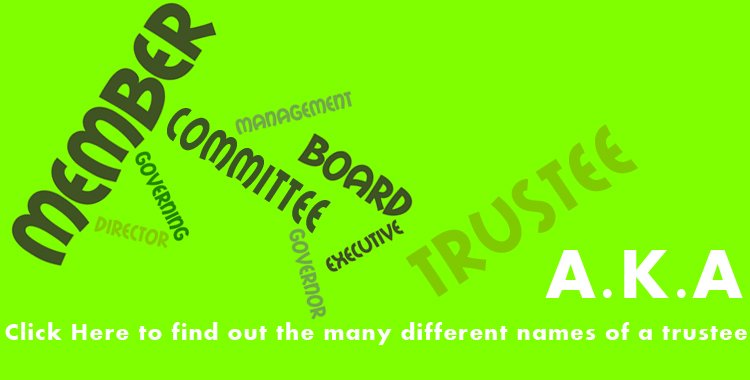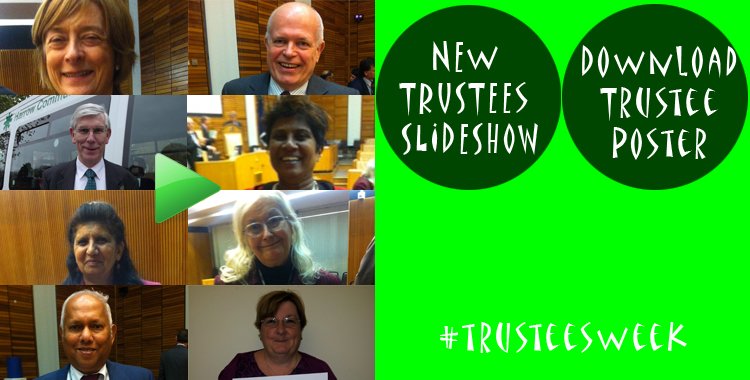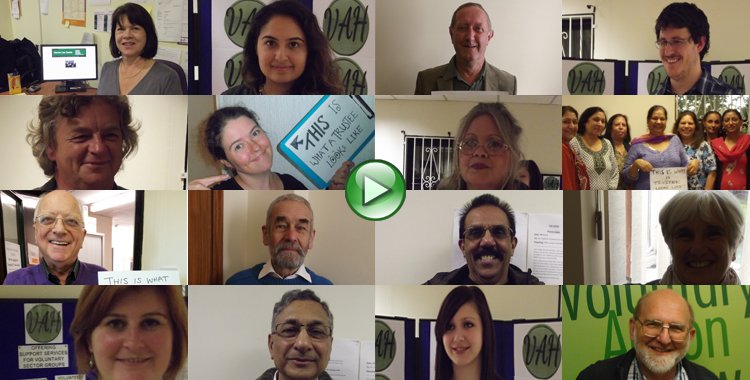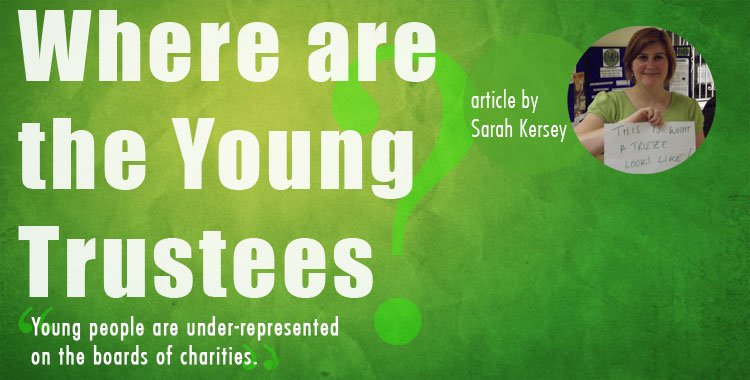The trustee board of a charity or voluntary organisation is, in most cases, going to be made up of uniquely passionate individuals, fully invested in the operations and success of their cause and deeply concerned with the quality of their organisation’s decision making. Concentrated passion and enthusiasm like this is a priceless asset to anybody, what is risked when a group like this comes together is creating a mess of ideas or even an atmosphere of unnecessary competition, stifling the input of those less willing to shout over others to be heard. This is when having a truly effective chairperson at board and trustee meetings starts to come into play.
It’s pretty easy to view a chair as the most important person in the room. Not that this is untrue, it just depends on what you feel a chair is most responsible for. Should they be creative? Should they have answers for questions, solutions to problems? Are they a green or red light for ideas that are brought forward? Well no, not really, but this is how they are often seen, making the average chair something of a work horse. Two of the most important skills a chair can have is the ability to communicate and delegate, with authority and sensitivity. More important than their ability to solve problems is their emotional intelligence, their ability to adapt to who they are working with. It is their job to tactfully prevent any one individual from dominating a discussion and to draw more out those who appear a little reluctant. If board members are coming up with great ideas it is the responsibility of the chair to make sure these are followed through with. It’s not their job to take all of this new work on, but to make sure initiatives aren’t discarded and to match the right tasks to the right people.
If you do feel that a chair person is not effective it is not necessarily their own fault. Though a lot of this can come down to the chair’s inability or unwillingness to communicate, a lot of the time the problem lies in recruitment and a board or organisation not taking responsibility for feeding back what is working and what is not. Really take the time to evaluate who would be best for the role. Just because somebody is willing to put himself forward does not mean that they will give you what you need. Understand that this person doesn’t have the easiest job in the world; be willing to offer support and even training if possible.
The best thing you can do is to pay close attention to those individuals who have endeavored to give up their time and offer their skills to support your cause. In your next board meeting, look out for those who make others feel at ease, those who always bring a discussion back to its point and the one who everybody seems to address what they say to, because in that person you have the makings of a great chair and a better board.
James Wright











